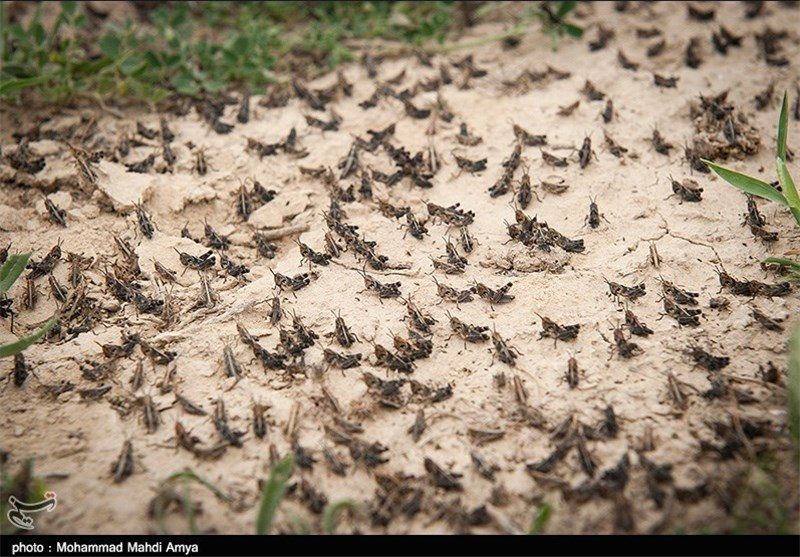OF THE
TIMES
I've had enough of someone else's propaganda. I'm for truth, no matter who tells it. I'm for justice, no matter who it's for or against. I'm a human being first and foremost, and as such I am for whoever and whatever benefits humanity as a whole.
Those professionals working in the hospitals during 'covid' had nothing to do, so they posted lame videos of themselves doing pathetic dance...
Excellent commentary on what the U.S./World might see during a 'Health Emergency Declared' under Trump, if he gets re-elected. [Link]
Data shows very clearly that CO2 follows temperature, albeit with a slight lag. The science is already settled, 'global warming', 'climate...
Perhaps some people may understand now why the Zionists have said long ago: constant remembrance of the holocaust is necessary in order to bring...
This should pinpoint some things [Link]
To submit an article for publication, see our Submission Guidelines
Reader comments do not necessarily reflect the views of the volunteers, editors, and directors of SOTT.net or the Quantum Future Group.
Some icons on this site were created by: Afterglow, Aha-Soft, AntialiasFactory, artdesigner.lv, Artura, DailyOverview, Everaldo, GraphicsFuel, IconFactory, Iconka, IconShock, Icons-Land, i-love-icons, KDE-look.org, Klukeart, mugenb16, Map Icons Collection, PetshopBoxStudio, VisualPharm, wbeiruti, WebIconset
Powered by PikaJS 🐁 and In·Site
Original content © 2002-2024 by Sott.net/Signs of the Times. See: FAIR USE NOTICE

Comment: The desert locust is potentially the most dangerous of the locust pests because of the ability of swarms to fly rapidly across great distances reports Radio Farda.
Plagues of desert locusts have threatened agricultural production in Africa, the Middle East, and Asia for centuries. The livelihood of at least one-tenth of the world's human population can be affected by this voracious insect. In 1961, desert locusts attacked agricultural lands in Iran and damaged nearly 2.5 million hectares of farms across the country.
Recently the largest flood disaster to hit Iran in 15 years has claimed nearly 80 lives so far.